What is photography? Over the past few years contemporary photographers have incorporated sculpture, performance, moving image, analogue processes and digital technologies into their practice, stoking a sometimes-heated debate about where exactly the medium begins and ends. But for Catherine Yass, such experimentation is nothing new.
In a conversation with BJP and DACS, the not-for-profit artist rights management organisation, Yass explained that she doesn’t, in fact, consider herself a photographer, but an artist who works with photography.
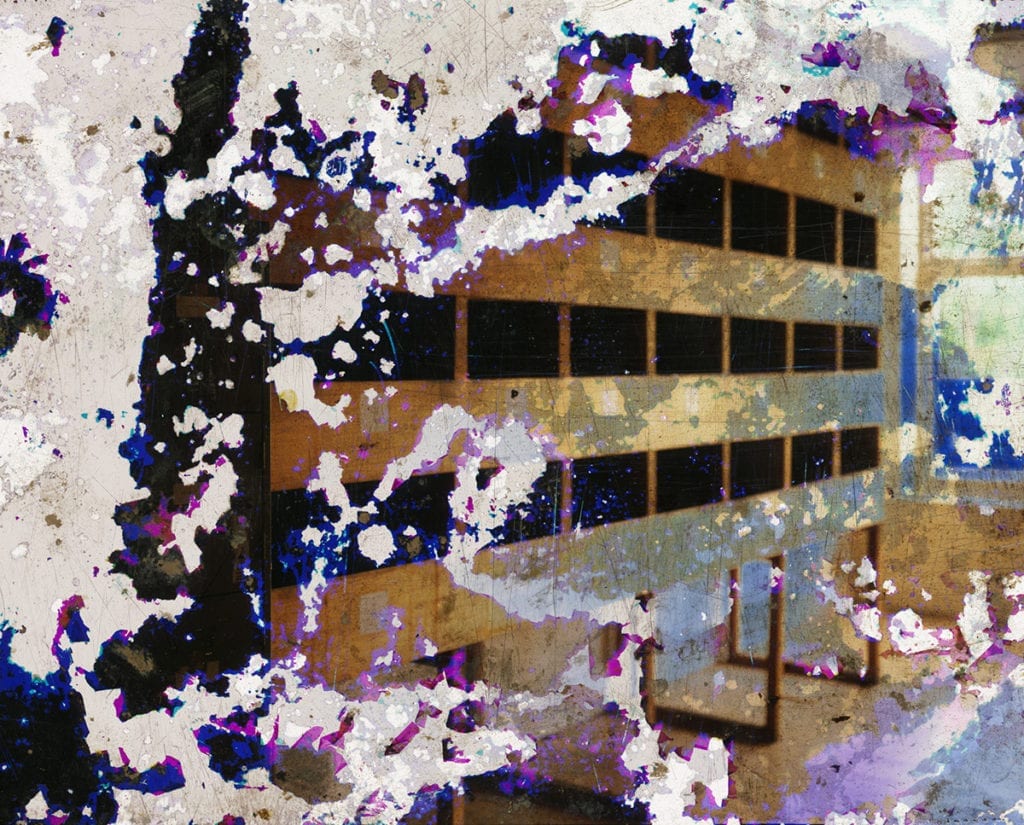
© Catherine Yass. All Rights Reserved, DACS 2017. Image courtesy Alison Jacques Gallery.
“The way we are positioned by and position ourselves in relation to our surroundings both reflects and affects our state of mind and our sense of ourselves in the world,” she says. “The built environment is a form of communication and an expression of society.”
In her Decommissioned (2011) series Yass photographed a car showroom and a dance studio prior to their demolition. When the buildings were destroyed she placed the pictures around the site and retrieved them a few weeks later, transformed by the work going on around them. Lighthouse (2012) captures the sun as it moves behind the north-eastern face of a 1970s lighthouse. At once strangely familiar and yet unfamiliar, these ethereal works are created by combining positive and negative images.
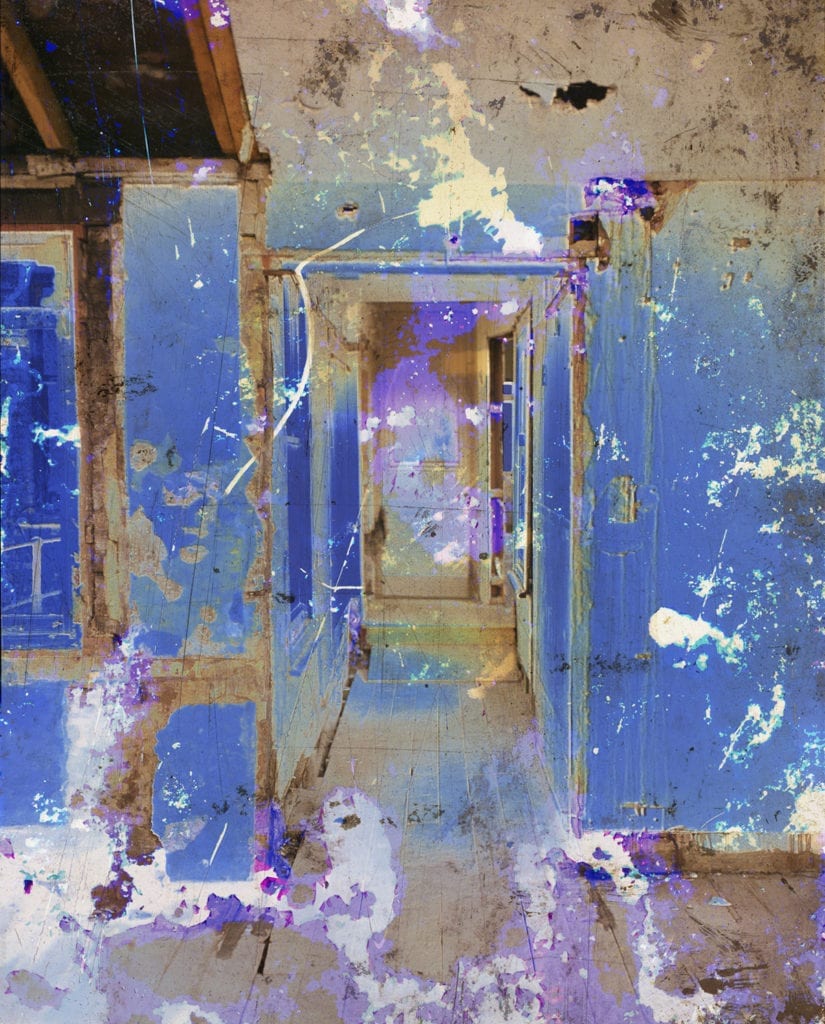
© Catherine Yass. All Rights Reserved, DACS 2017. Image courtesy Alison Jacques Gallery.
It was while studying at the Slade School of Fine Art in the 1980s that Yass had her first forays into photography. Initially her pictures were documentary in its purest sense – she saw her 35mm SLR as a straightforward tool with which to record her performances and temporary installations in black and white – but she became intrigued by the medium itself.
“I enjoyed being in the darkroom and gaining an understanding of the different meanings you can put on an image, based on how it’s cropped or how dark or light it is. It made me distrustful of photography but also gave me an understanding that it was a language. It was adding another layer to the performances.”
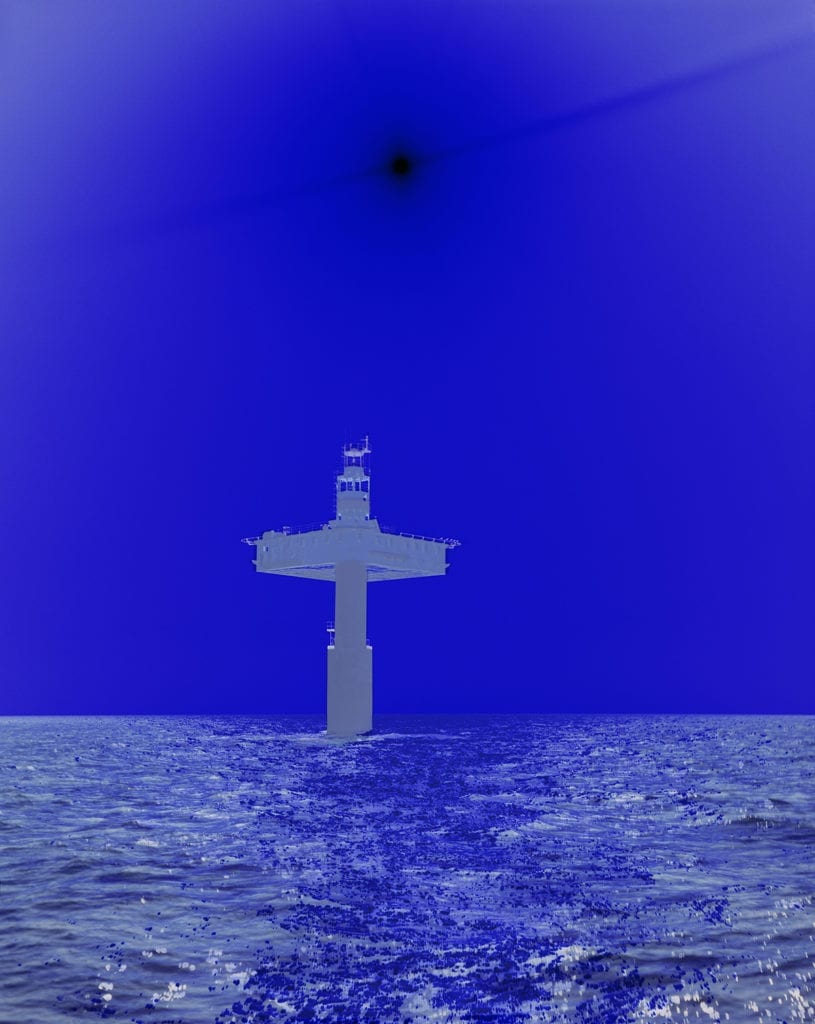
© Catherine Yass. All Rights Reserved, DACS 2017. Image courtesy Alison Jacques Gallery.
This in turn led organically to moving image. “The time in the photograph, the movement within and between two photographs as well, is so conceptually different from a moving image and yet they’re a tiny millimetre apart. I started filming things but slowing them down by incredible amounts so they were almost still. That was a little jump into the moving image and I got more excited by it.”
Yass’s film Descent, shot by lowering a camera to the ground from a crane in Canary Wharf, featured in the solo exhibition of the same name at Asprey Jacques Gallery, London, which earned her a Turner Prize nomination in 2002.
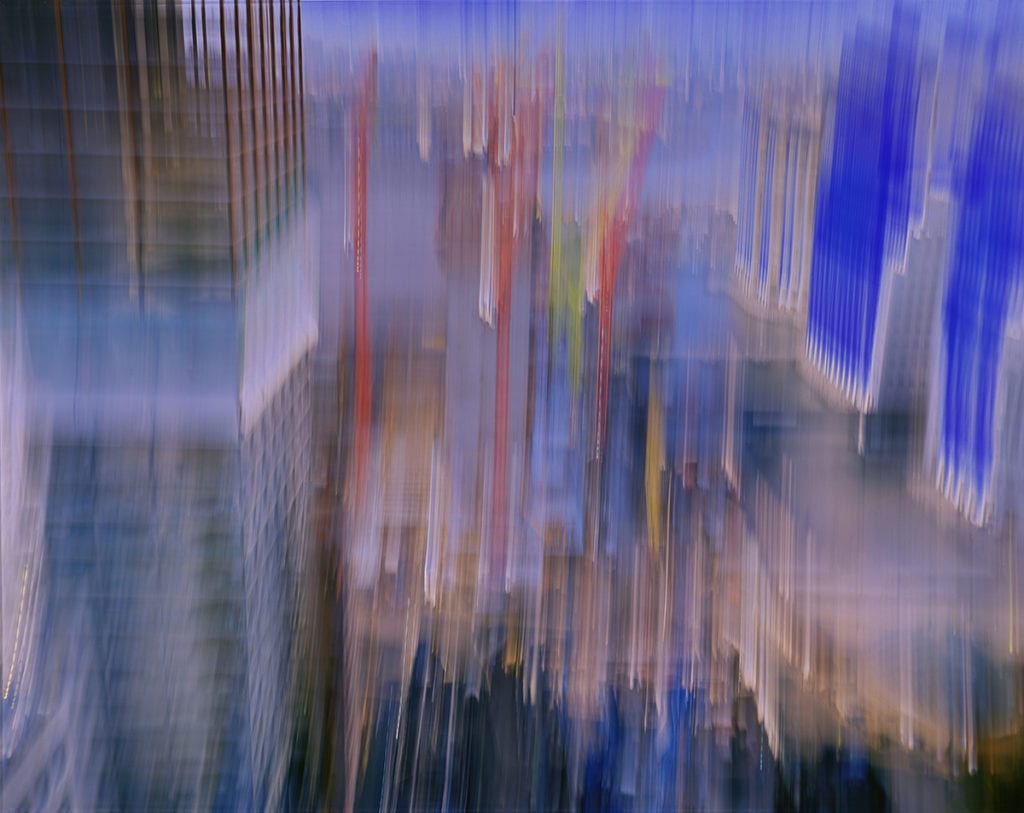
© Catherine Yass. All Rights Reserved, DACS 2017. Image courtesy Alison Jacques Gallery.
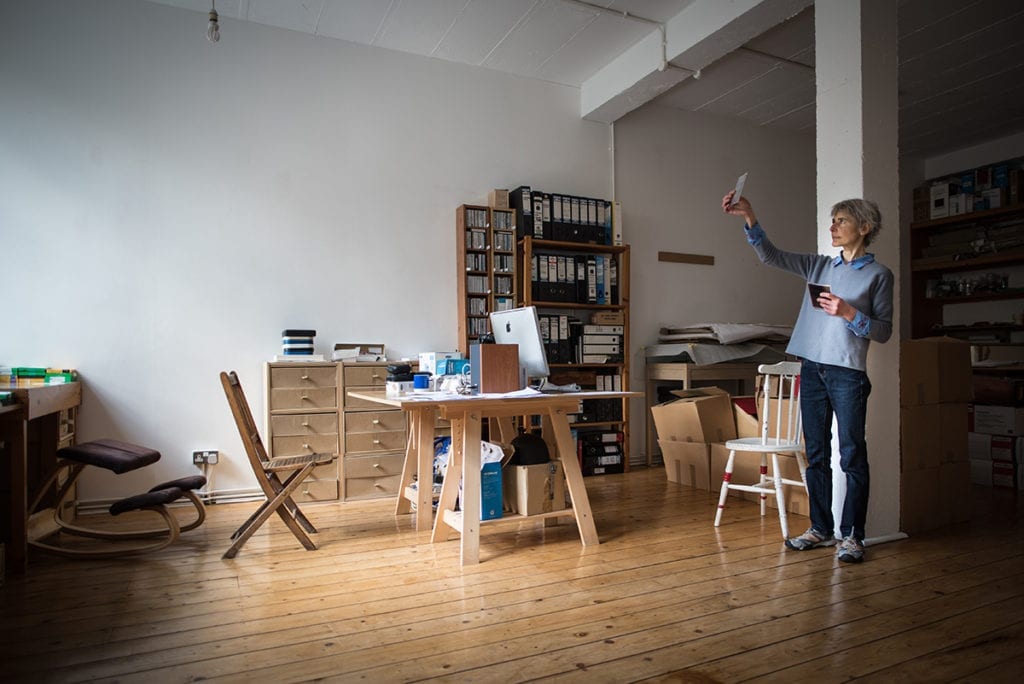
© Brian Benson 2017.
“I’ve been claiming Payback for a few years now – it can help to cover pre-production tests and experiments that don’t necessarily get budgeted into production costs,” says Yass. “I am really excited about going back to stills and experimenting with taking photographs without using a lens,” she adds. “It’s very early stages, I don’t know if it will come to anything.”
Apply for DACS’ annual Payback scheme before 01 May. DACS collects and distributes royalties to visual artists and their estates through three royalty schemes: Payback, Artist Resale Rights and Copyright Licensing. To find out more about what you can claim for, please read DACS’ FAQs or visit DACS for more information.
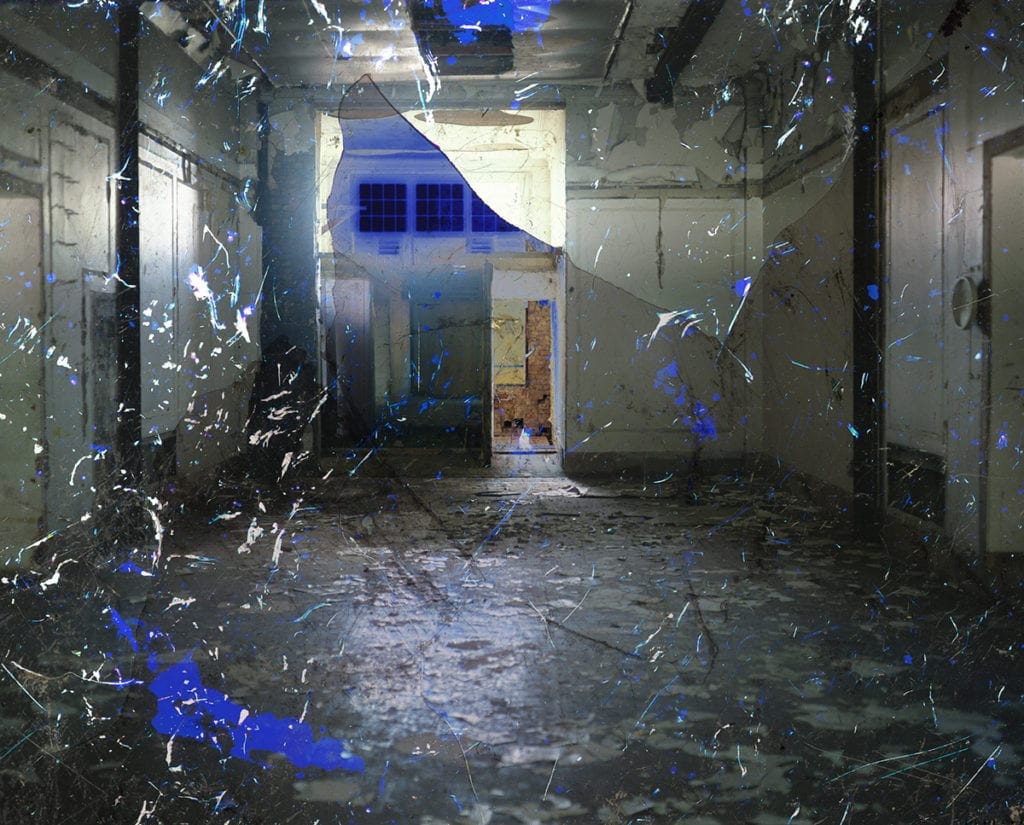
© Catherine Yass. All Rights Reserved, DACS 2017. Image courtesy Alison Jacques Gallery.
